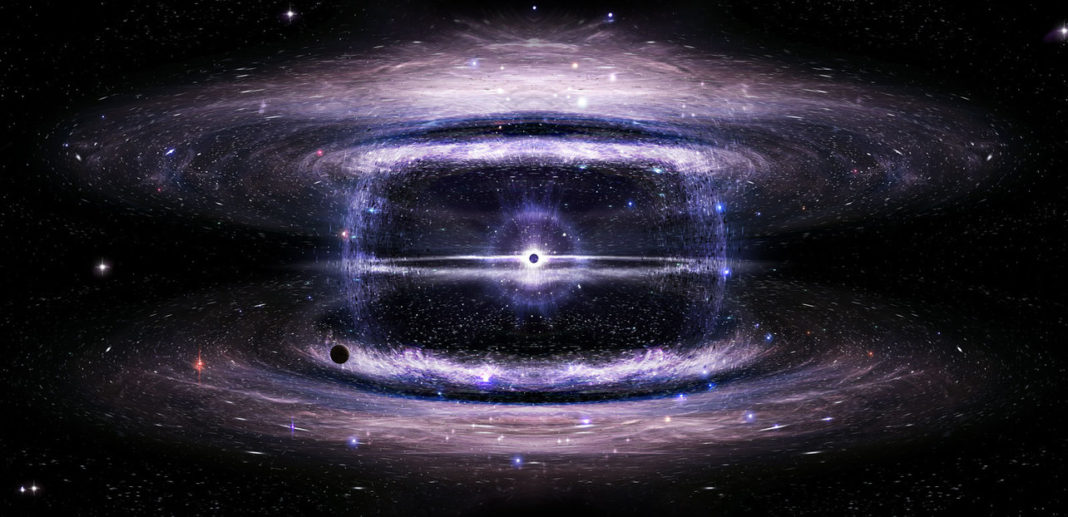CHIRP (the Continuous High-resolution Image Reconstruction) is a new algorithm that’s been developed by physicists from MIT and Harvard in an attempt to take direct images of black holes. Black holes have never been very easy to study. This is mainly due to the fact that they’re so far away, so viewing them is difficult. Katie Bouman is the lead researcher in this new study and MIT grad student, and she explains that trying to capture a picture of the black hole that’s at the heart of the Milky Way is, “the equivalent of taking an image of a grapefruit on the Moon, but with a radio telescope.”
The team from MIT and Harvard thought of a solution that uses an algorithm to tie together the masses of black hole data captured by radio telescopes all of the Earth. They aptly named the project – Event Horizon Telescope. Relying on radio signals to see how a black hole looks Bouman said, “Just like how radio frequencies will go through walls, they pierce through the galactic dust. We would never be able to see into the center of our galaxy in visible wavelengths because there’s too much stuff in between.”
To overcome the issue of needing massive antenna dishes, the team used the whole Earth as an antenna instead by linking as many radio telescopes around the world as possible. There have already been six observatories to sign up to the Event Horizon Telescope project, and the team is hopeful more will join.
More News to Read











